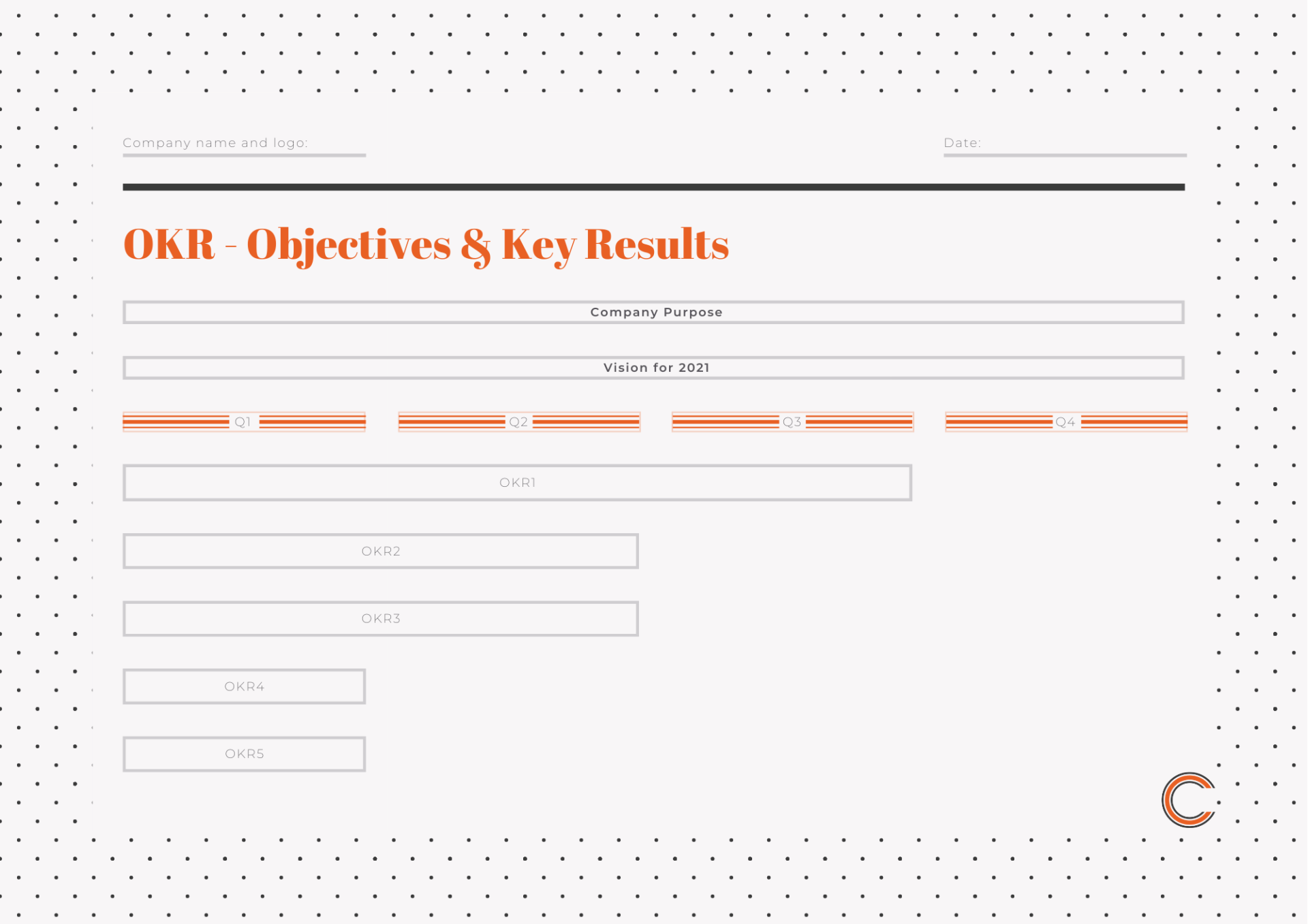OKR – could it be the next “big thing” for you?
What is OKR and is it applicable to your job?

Perhaps convinced by Google’s success, many users see more advantages than disadvantages to this system. Besides those mentioned in the picture below, additional advantages could be its function to give strategic direction, its wide field of application – e.g., even crises management – and the fact that issues can be noticed earlier than by using other frameworks.
However, everything depends on managers being committed to OKR and their transparency. When used with a group, the framework needs to be explained properly. When used with subordinates, leaders should remember that the system is used to give direction and boost motivation – therefore it should never be used to punish employees when not meeting objectives.
How about testing OKR for a personal goal before rolling it out in your team or company? It works for running a 10K, saving money or learning a new language. Be sure to give it a try.
